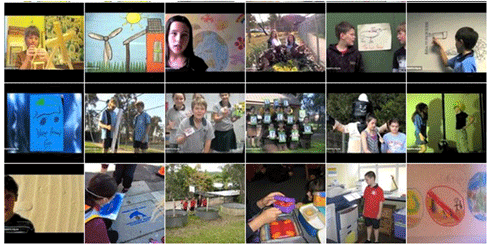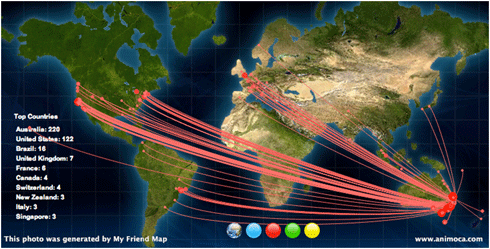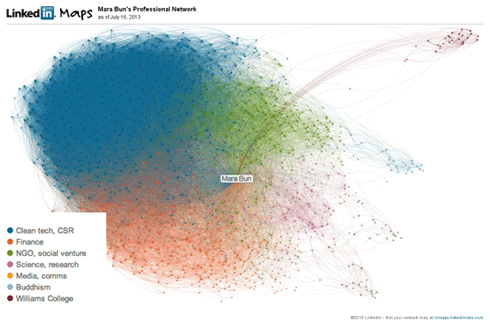
|
Published: 15 July 2013
Making the landscape connection
Linking Australia’s Landscapes: Lessons and Opportunities from Large-scale Conservation Networks is a new collection of essays on Australian connectivity conservation that provide valuable insights into translating the science of connectivity into action.
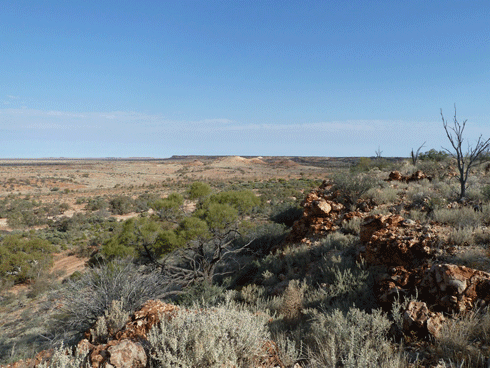
|
|
South Australia’s Arid Lands NatureLink encompasses the stony plains and inland lakes on the western and southern margins of the Lake Eyre Basin.
Credit:
K. Blaylock
|
Connectivity conservation is based on the simple idea of linking up habitats and landscapes. As the editors of Linking Australia’s Landscapes point out, the creation of large corridors or biolinks has captured the imagination of many Australians. State and federal governments have also been early adopters in global terms. The National Wildlife Corridors Plan is one of the world’s first whole-of-continent policies of its kind.
Despite the high profile of some initiatives – such as ‘Gondwana Link’, the ‘Great Eastern Ranges Initiative’ and ‘Habitat 141°’ – relatively little has been written about them.
Lead editor, James Fitzsimons, is Director of Conservation with The Nature Conservancy. He has closely followed the growth of the sector for the past 14 years: as a researcher, a policy-maker, and more recently, as a direct supporter of several initiatives in his role as director.
‘There’s been a dramatic increase in the number of initiatives now operating in the landscape,’ says Dr Fitzsimons.
‘The purpose of the book was to bring together the perspectives of those operating corridor initiatives on the ground with those developing policies for initiatives, and with key ecological and social scientists and experts in governance.’
One of the contributors to Linking Landscapes is Jody Gates, an ecologist who has worked on South Australia’s ‘NatureLinks’, a state-government initiated series of five corridors, each aligned with a particular bioregion or landscape with similar ecological and social systems.
An example is the Arid Lands NatureLink, which encompasses the stony plains and inland lakes on the western and southern margins of the Lake Eyre Basin, which is dominated by vast, gently undulating gibber and gypsum plains.
‘The beauty of [connectivity conservation] is that it’s a very simple message on the ground for landholders to pick up,’ says Mr Gates. ‘But, it can be misconstrued easily, because it’s a complex scientific issue.
‘Connectivity is not simply about connecting patch A to patch B. It’s about understanding how species operate at a population level in a landscape, and what they need in that landscape.
‘They need high-quality habitat that provides food resources. There are lots of things that could be limiting their population growth and dispersal, other than just the physical connection between blocks of bush.’
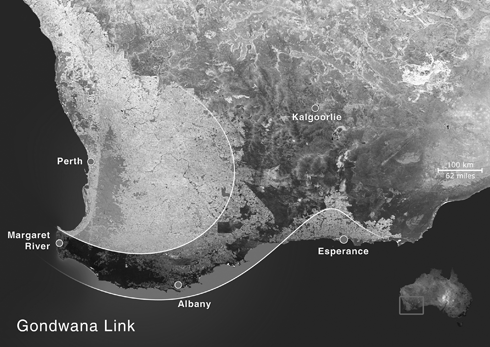
|
|
One of the most well-known connectivity projects is Gondwana Link, which encompasses much of southwestern Australia’s remaining vegetated landscape. Credit:
Linking Australia’s Landscapes
|
In South Australia, ecologists in the Department of Environment developed a landscape assessment framework to guide restoration priorities for NatureLinks.
The framework relies on several lines of evidence to identify bird species that are declining in landscapes – a useful indicator of environmental health. Birds can be grouped according to broad habitat types, and declines can be related to loss of ecosystem function in the habitat. This informs priorities for restoration.
All the initiatives covered in Linking Australia’s Landscapes are multi-tenure (private, leasehold, public Indigenous) and some are also multi-use (pastoralism, forestry, cropping, mining, defence).
Most also involve a variety of natural resource management organisations: both government and non-government. This means governance arrangements are often complex, and subject to ongoing refinement. It also poses a communications challenge – with so many stakeholders, maintaining a cohesive message can be difficult.
The Grassy Box Woodlands of the western slopes and tablelands of New South Wales are a highly fragmented agricultural landscape.
Coordinator of the Grassy Box Woodlands Conservation Management Network, Toni McLeish, co-authored a chapter about the network, which has 1504 members. These include landholders, local government staff (25 councils), New South Wales government agency staff, and non-government organisations such as the Nature Conservation Trust and Landcare groups.
Mrs McLeish notes that network members began to raise concerns that they were receiving conflicting management messages regarding conservation versus production.
In response, the network – in partnership with the New South Wales Office of Environment and Heritage – developed a Landcare-led project entitled ‘Communities in Landscapes: Working together to integrate conservation and production across Box-Gum Woodlands’.
Other partners included the New South Wales Department of Primary Industry, CSIRO, University of Sydney, Stipa (the Native Grasses Association of Australia) and Greening Australia.
The project provided an opportunity to integrate management advice for production and conservation across the area. Outcomes included cross-property planning, where landholders come together to work on shared plans for adjoining properties, and an innovative ‘Virtual Woodland Excursion’ attended by more than 200 rural students.
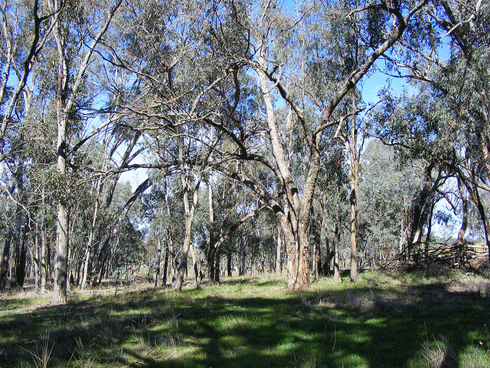
|
|
Box Gum Grassy Woodland, Humula, New South Wales. Credit:
K. Beattie
|
For biodiversity conservation to be effective, large-scale planning is required. But social connectedness – one of the main factors driving landholders and volunteers to do on-ground works – happens at a local level.
David Walker, author of a chapter on Landcare, is a former farmer who is now Executive Officer of Liverpool Plains Land Management in northern New South Wales. While he is enthusiastic about the potential for online learning for farmers, he insists that: ‘in terms of actually learning from innovative farmers, there’s nothing like getting off your own place, talking to neighbours and brainstorming on improved practices. I really think that’s the way new ideas are captured and passed on.’
Mr Walker also stresses the importance of valuing local knowledge and empowering local communities. The tension between ‘top-down’ approaches and locally led action is discussed in many chapters in this collection.
‘The government let the Landcare genie out of the bottle in the early 90s, and it generated all this energy and direction of its own,’ says Mr Walker.
‘But then [the government] made the mistake of trying to direct and mandate what farmers were doing with respect to sustainable production and conservation, rather than letting them work out what suited their local landscape in cooperation with their neighbours. So, I think it got smothered by over-direction, bureaucracy and national-scale plans and targets, rather than trusting local communities to act in the nation’s best interest and resourcing them to get on with the job.’
The book’s contributors all lament the short-term nature of funding. ‘The never-ending task of applying funding saps the energy and time of part-time coordinators and facilitators,’ says Mrs McLeish.
‘It takes you away from the things you should be doing. It also means that there is very little institutional memory, which prevents programs building on past knowledge.
‘For example, some projects are funded that duplicate those that have been funded in the past. And sometimes, projects just hitting their straps don’t receive continued funding.
‘Relationship development and knowledge building need to be sequential. For example, in terms of sustainable farming practices, manager focus has grown from the original emphasis on trees to encompass shrubs, then groundcover, and now soil. We now look at whole ecological communities, from the soil up.’
Linking Australia’s Landscapes provides an honest assessment of the many successes of large landscape-scale restoration projects across Australia, while also revealing examples of where big visions have faltered.
It’s a handy resource for natural resource management professionals, and will be of interest to the thousands of Australians who give up their spare time and energy to help conserve our unique natural heritage for future generations.
You can order your copy of Linking Australia’s Landscapes online here.



